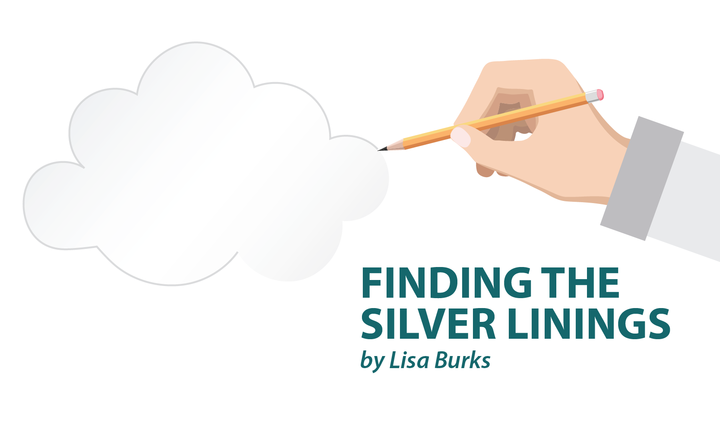In my last column, I reviewed the different types of IV access available when you’re a hard stick for traditional IVs. I’ve had them all and will share my experiences about what to expect, along with some care tips.
PICC lines and midlines
Peripherally inserted central catheter (PICC) lines are great for long-term medications that likely will be ended within a few months. I’ve actually had 19 PICC lines! Mine were placed for a few reasons including long-term IV antibiotics, IV steroids, and for my longer hospital stays because of how hard an IV stick I am.
When any type of specialized line is placed, it needs to be done in a sterile environment. If receiving one as an inpatient, typically a hospital room will suffice. As an outpatient, they typically can be placed at a day surgery center or in interventional radiology. I suggest wearing loose, comfortable clothes.
First, a patient lies down on a table and the nurse technician brings a machine that scans for the most promising vein for a PICC line to enter. The technician marks the spot, then measures the distance from the dot to the shoulder, then to the neck and down to the heart. Technicians need this measurement to cut the PICC line to length. Next, the technician will clean the patient’s arm with iodine to disinfect the area. A sterile drape is placed across the body to limit any exposure to the arm during the procedure. The nurse also has to gown up.
The technician will then administer a few tiny shots containing numbing medicine. Although this medicine stings, trust me, you want this!
After the numbing shots, mostly all one feels is pressure and the technician touching the arm. Toward the end of the procedure, the technician will tell the patient to turn their head as if trying to put the chin to the shoulder. This ensures that the guiding wire of the PICC insertion goes down the right path toward the heart.
Once the PICC line has been inserted and secured, the nurse will remove the drape from the body, but the patient will need to remain lying down. A PICC line can’t be used until its positioning has been verified by an X-ray. Once that is completed, the procedure is done.
Midline catheter
Midline catheters are placed the same way PICC lines are. They are the same exact steps. The only difference is the length of the line. Instead of the line going from the insertion site to just outside the heart, the line is only 6-8 inches long, so it stays in the arm. The care and precautions of a midline are exactly the same as a PICC line.
There is such a thing as too many lines
I have had five midlines. One thing to keep in mind is that there is such a thing as having too many lines. After having so many PICC lines, scar tissue built up along my vein. This makes threading the lines in very difficult. So, the last three tries for a PICC line ended up being midlines instead. That’s the good thing about these two types of lines being inserted the same way. If the nurse isn’t able to thread the PICC line, the nurse can switch to a midline instead and cut the line to be shorter.
Taking care of your line is very important
The nurse will explain precautions and how to care for the line. Adhering to all instructions after the line is placed gives patients the best chance for lines to last as long as possible. Following are a few care rules:
1. No water exposure! The dressing (big bandage) must always be covered before going into the shower.
2. Do not use that arm for a day or so to avoid bleeding; avoid strenuous use of the arm while the line is in to avoid damage.
3. The dressing needs to be changed once every seven days.
4. The line must be flushed daily with saline and heparin.
5. Report any pain or signs of infection to the doctor immediately. Look for redness, discharge, or streaks by the PICC insertion location.
With good care, a PICC line can be good for a few months and a midline up to 29 days. In my next column, I will discuss what to expect when having central lines and implanted ports placed.
***
Note: IBD News Today is strictly a news and information website about the disease. It does not provide medical advice, diagnosis, or treatment. This content is not intended to be a substitute for professional medical advice, diagnosis, or treatment. Always seek the advice of your physician or other qualified health providers with any questions you may have regarding a medical condition. Never disregard professional medical advice or delay in seeking it because of something you have read on this website. The opinions expressed in this column are not those of IBD News Today, or its parent company, BioNews Services, and are intended to spark discussion about issues pertaining to IBD.


